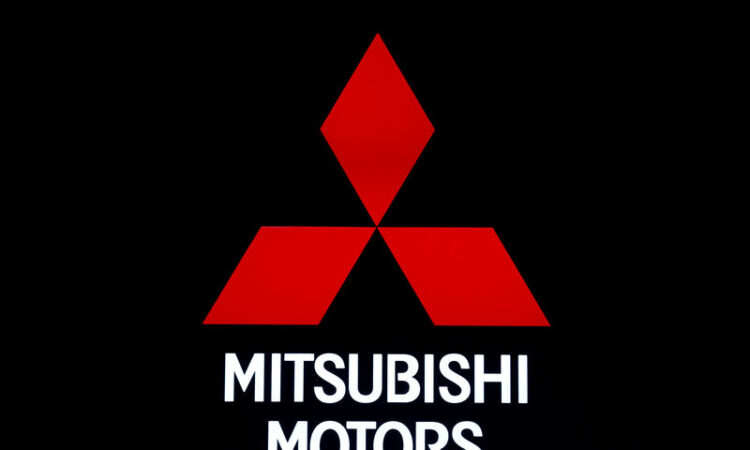U.S. Bancorp’s capital prospects improve despite challenging banking environment By Investing.com

The U.S. banking sector has faced significant challenges in 2023, with U.S. Bancorp (NYSE:USB), the fifth-largest bank in the U.S. by assets, under particular scrutiny following the failure of a few regional banks earlier this year. However, despite a turbulent environment and concerns over regulatory capital ratios, the bank is making strides in improving its financial position.
Earlier this week, U.S. Bancorp was highlighted for its unusual operating income growth potential relative to peer banks amid the banking sector meltdown triggered by Silicon Valley Bank’s failure. Despite the market’s focus on survival and capital requirements, the bank’s share price experienced an almost 30% decline, one of the most severe amongst its peers.
In response to the Federal Reserve’s new capital rules unveiled on July 27, U.S. Bancorp and other banks are required to hold more capital than before, reducing their earnings potential. Despite pushback from several bank CEOs and Congress, it remains unclear whether these rules will undergo significant revision.
Specifically for U.S. Bancorp, management is currently working on building capital in anticipation of becoming a “Category II” bank. They aim to increase their Common Equity Tier 1 (CET1) ratio to 9.0% by year-end from around 8.5%. Measures taken include meaningful risked asset sales ($8.6B in Q2’23) and issuing 24M common shares to Mitsubishi UFJ (NYSE:MUFG) Financial (MUFJ) to settle some of its debt obligations to Union Bank’s former parent as part of their purchase agreement.
These efforts appear to be paying off as U.S. Bancorp is now ahead of schedule and likely to end FY’24 with a CET1 ratio of 8.7% under Category II rules, meeting management’s target for 2024. This progress may allow the bank to avoid taking further earnings-compromising steps to reach its capital targets and potentially raise capital returns to shareholders sooner than expected.
However, current operating conditions remain difficult. Despite the Federal Reserve’s decision to hold steady on rates, deposit rates continue to climb. This has led to a modest decline in average deposits for U.S. Bancorp in the second quarter (down almost 3%), with non-interest-bearing deposits declining more than 12% and rising deposit costs pushing up the bank’s deposit beta.
Meanwhile, loan growth is slowing across the industry, with the latest Fed data showing 2% year-over-year growth in lending among large banks. In response, management has already reduced guidance a few times this year and recently indicated net interest income towards the lower end of the range.
Despite these challenges, U.S. Bancorp is focusing on opportunities to drive core earnings leverage over the next couple of years, centered on Union Bank. These include cross-selling to the bank’s large consumer and small business customer base and post-merger cost savings. The bank’s exposure to payments could also prove beneficial if the U.S. economy performs better than expected.
Get The News You Want
Read market moving news with a personalized feed of stocks you care about.
Get The App
This article was generated with the support of AI and reviewed by an editor. For more information see our T&C.






